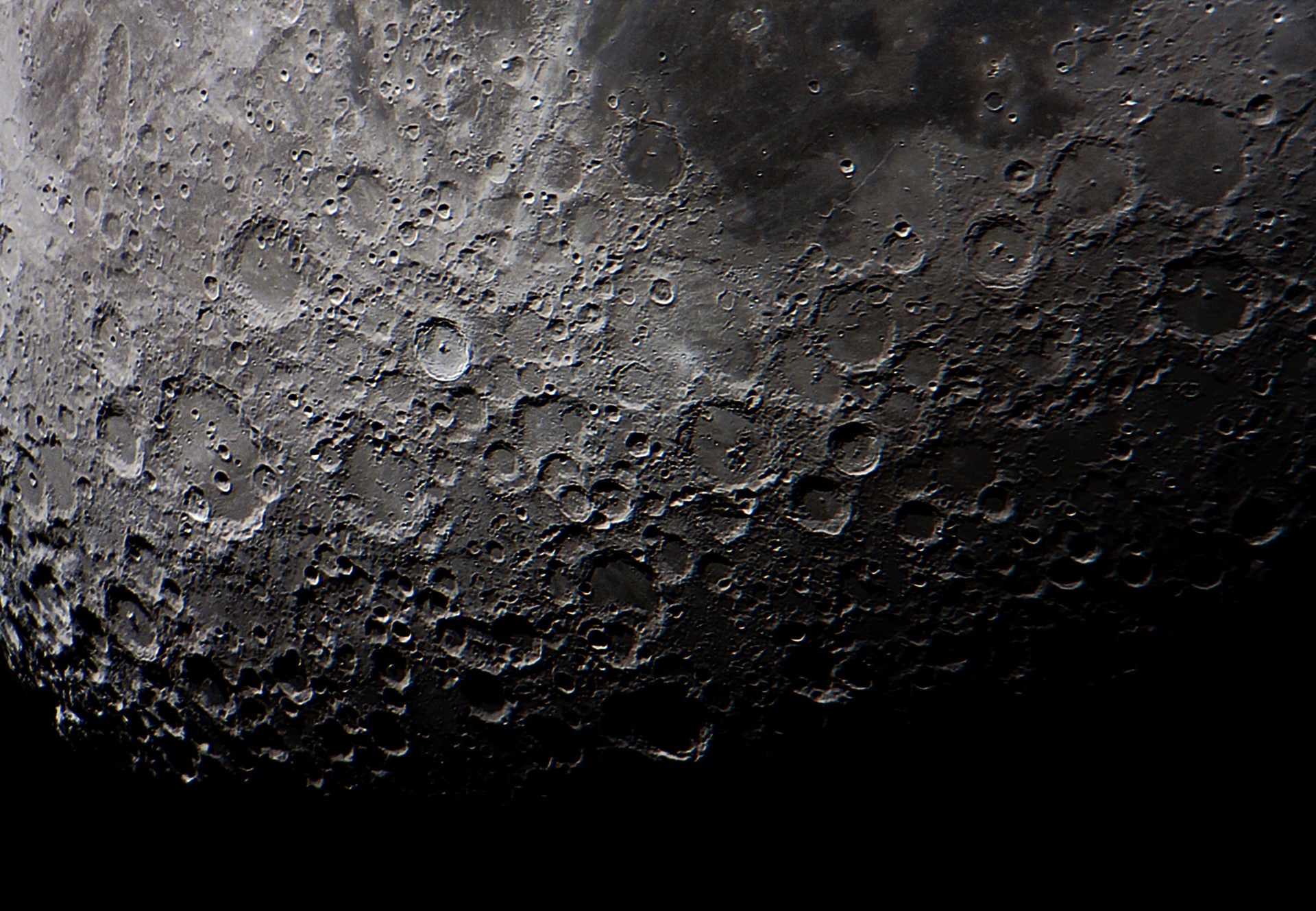
When Apollo 11’s Lunar Module made its final approach to the Moon’s surface 50 years ago, Neil Armstrong spotted a problem that the autopilot had missed.
The module’s computer was guiding the craft towards a 625ft wide crater. Seeing this, Armstrong took manual control and looked for a safe place to land, guiding the Lunar Module over another smaller crater with just 30 seconds of fuel to spare.
There was no visual recording of what Armstrong saw that day, 20 July, 1969, during the most dangerous part of the mission.
But now, thanks to researchers at Arizona State University, it’s possible to re-live those dramatic moments from Armstrong’s point of view.
A team led by Mark Robinson, professor and principal investigator for the Lunar Reconnaissance Orbiter Camera (LROC) created a simulation that shows what Armstrong saw as the lander approached the lunar surface.
“The only visual record of the actual Apollo 11 landing is from a 16mm time-lapse movie camera, running at 6 frames a second and mounted in Buzz Aldrin’s window,” said Robinson.
How well do you really know your competitors?
Access the most comprehensive Company Profiles on the market, powered by GlobalData. Save hours of research. Gain competitive edge.

Thank you!
Your download email will arrive shortly
Not ready to buy yet? Download a free sample
We are confident about the unique quality of our Company Profiles. However, we want you to make the most beneficial decision for your business, so we offer a free sample that you can download by submitting the below form
By GlobalDataThe four-minute video shows this original footage on the right-hand side of the screen from Aldrin’s perspective, while Armstrong’s simulated view is on the left side. The original audio with the crew’s voice is synced to match the exact time they were spoken.
How did the team simulate the Apollo 11 landing?
Robinson and his team used the lunar landmark navigation and altitude callouts made by the crew in the audio recordings to help reconstruct the landing trajectory.
“From this trajectory information, and high-resolution LROC Narrow-Angle Camera images and topography, we simulated what Armstrong saw in those final minutes as he guided the LM down to the surface of the Moon,” said Robinson.
The simulation video shows how, at the time, only Armstrong could see the crater. Armstrong would go on to visit and photograph that same crater during his exploration of the landing area.
“Of course, during the landing he was able to lean forward and back and turn his head to gain a view that was better than the simple, fixed viewpoint presented here,” said Robinson. “However, our simulated movie lets you relive those dramatic moments.”
However, because the LROC’s images were taken 50 years after the landing, the simulated video is not exactly how Armstrong would have seen it – the new footage includes disturbances to the lunar soil from the astronauts and the Lunar Module’s take off.
“Obviously,” said Robinson, “these weren’t visible to Armstrong during the landing approach!”
You can watch the full video here:
Read more: UK plans Moon communications system with NASA-UK Space Agency signing



